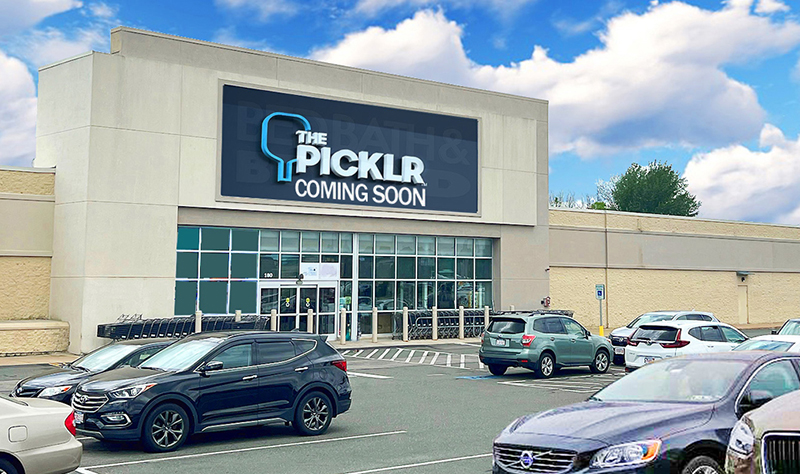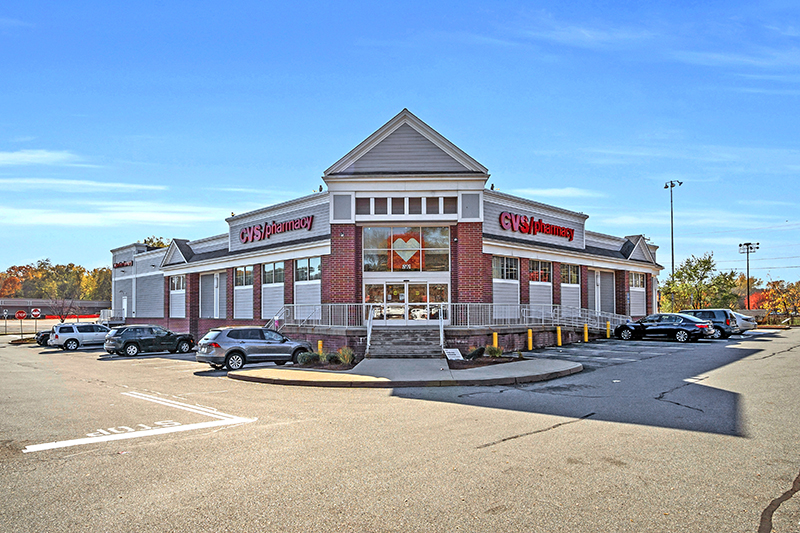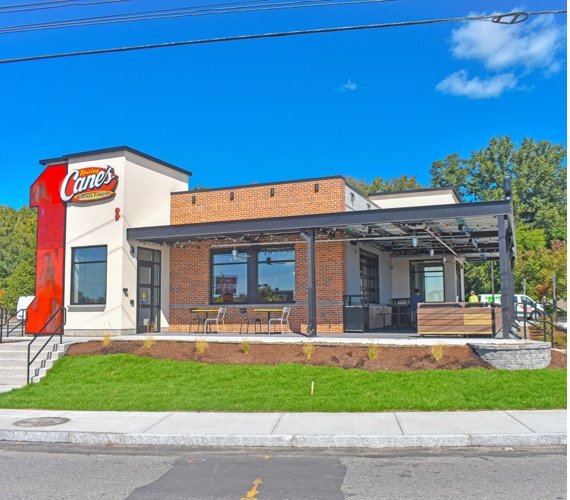News: Retail
Posted: August 27, 2015
Maintaining and improving retail real estate assets by focusing on building efficiency
Real estate has always had it's cycles of highs and lows, often as a precursor to similar swings throughout the broader economy. When the market is riding high, there is the excitement of rising values, while during a downturn there is a lot of repositioning and repurposing, as property owners prepare for the next upswing. All the while, however, one truth remains steady. Unlike stocks, bonds, foreign exchange and many other asset classes, real estate not only requires ongoing maintenance to offset its natural tendency toward depreciation, but its value can also be manipulated by its current holder. While activist shareholders struggle to position themselves to exert influence on companies in their portfolio, the real estate investor has a much firmer hand in determining the long-term value of their holdings.
That said, maintaining, and preferably increasing, the value of any property involves a careful assessment of the budget and how it can be most effectively used to increase the usefulness, aesthetic appeal, or comfort and safety of the property's users. This holds true whether those users are residents, leaseholders, or customers.
In the case of retail space, these measures of usefulness, appeal, comfort and safety are the subject of ongoing change, as customers' expectations and needs continually evolve. Building sizes have trended from mid-size stores, up to "super-centers" and now back toward smaller, more personalized settings. This has kept designers and the construction industry busy renovating and building new stores in redefined niches.
All the while, increasing competitiveness and the resulting tight margins in the retail industry have made efficient building design all the more important. Building science has become a real focus and changing trends and products, designed to improve efficiency and performance in the building envelope, has opened up new specialties in the construction industry. Teams specialized in EIFS and other exterior materials, climate control systems and weatherproofing specialties are all becoming highly sought after trades. Staying up-to-date on all of the latest trends and technologies in these areas is an ongoing challenge, for those involved.
The roofing system of any building, flat or pitched, is another major area of concern, which calls for an increasingly well qualified builder to install, replace, or repair. While the basic systems haven't changed that much over the years, the materials, accessories and installation techniques in the roofing industry has been an ever changing environment. Material choices on buildings with flat roofs, even more than others, has changed considerably from the days when EPDM and built-up roofing was the norm. Several new materials and fastening options now exist, many of which offer warranty protection much longer than was available in the past. Even typical pitched roofs have more alternatives available, including many metal panel options that mimic everything from architectural to slate shingles. The ventilation systems of pitched roofs have also become an area where extended training and knowledge can be invaluable in assisting the building owner assess what is best for their particular situation. Regional weather concerns and building design are variables important in determining the best soffit and ridge vent combination for the setting.
Ongoing roof maintenance is also of major importance as recent weather patterns have become more and more challenging. Snow removal from rooftops has become a growing niche market for some roofers and other construction professionals. Even this presents a challenge to find a team that is trained and qualified to remove snow safely and efficiently without causing potentially serious damage to the existing roof. When leaks do occur, the skill and equipment used by the team inspecting and repairing the leak can make all the difference in protecting the building asset itself, as well as the valuable inventory contained within.
In all cases, the growing focus on building efficiency is part of the maintenance of real estate assets. It is also one of the previously mentioned opportunities to increasing the asset's value through improving the usefulness, comfort and safety of the building's occupants and, thusly, improving the potential long term value. New construction has always been an extremely competitive portion of the industry, with general contractors and sub-contractors alike vying for a piece of the action as retailers grow and conquer new territory around the country. Meanwhile, however, the need to efficiently maintain and adapt existing facilities has also become an important consideration to the retailer and property developers alike. Finding teams that specialize in certain trades that are key to the usefulness, aesthetic appeal, or comfort and safety of the property's users is all the more important in maintaining and improving value and maximizing return on investment.
Al Vickery is president of Mosaic & Associates, Inc., Peabody, Mass.
Tags:
Retail
MORE FROM Retail
Mace of KeyPoint Partners negotiates 36,192 s/f lease for The Picklr at Endicott Square
Danvers, MA KeyPoint Partners (KPP) negotiated a lease with the nation’s premier indoor pickleball venue The Picklr at Endicott Sq. Vice president of retail brokerage Don Mace negotiated the transaction on behalf of the landlord.

Quick Hits




.jpg)


.png)